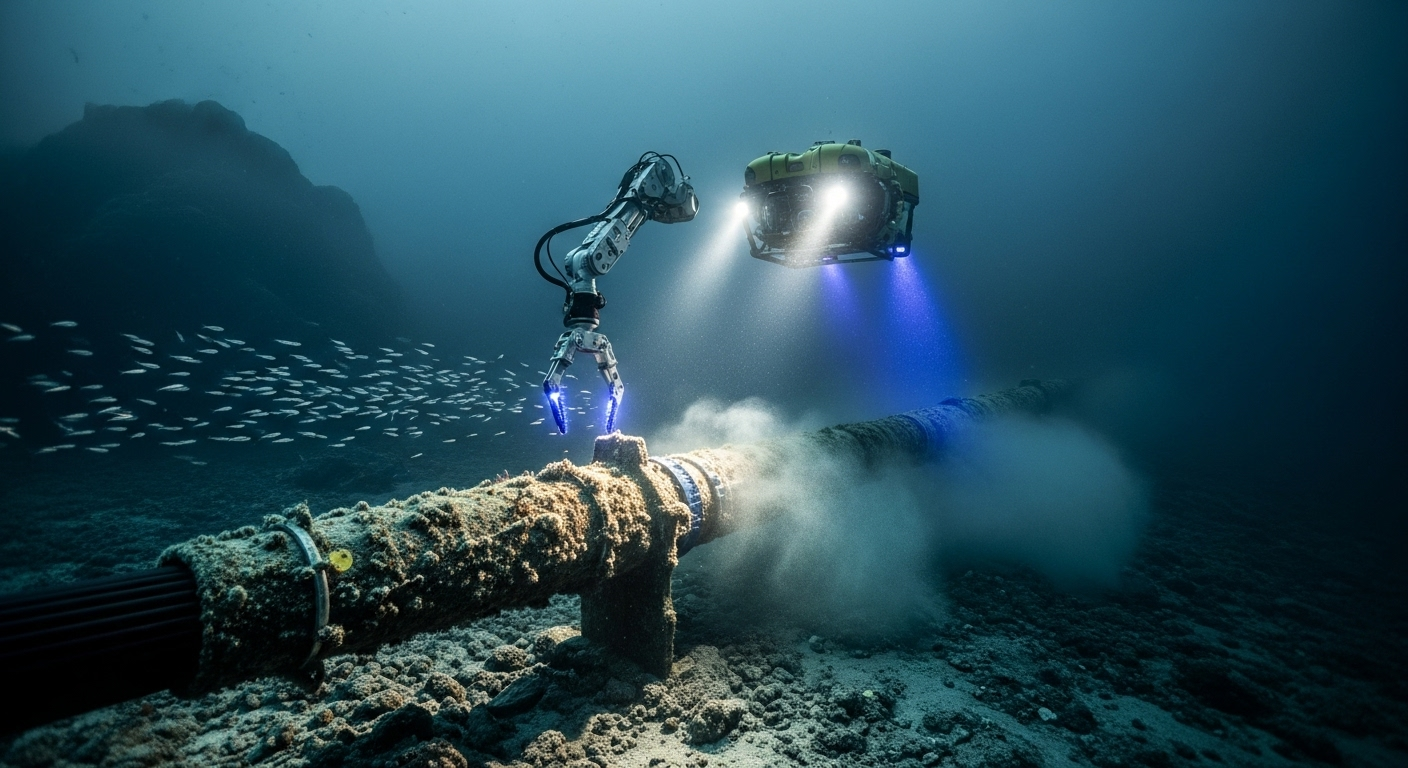Practical Steps to Inspect Pipes Without Demolition
Inspecting hidden pipework without breaking walls or floors helps protect buildings and reduce disruption. This guide summarizes practical, non-invasive methods—from thermal and acoustic checks to sensor-based tracing—to support accurate diagnostics and routine maintenance planning for plumbing systems.

Inspecting pipes without demolition is possible with systematic, non-destructive techniques that combine observation, targeted tools, and data-driven diagnostics. Start by documenting visible symptoms: damp spots, unusual stains, intermittent drops in pressure, or changes in thermal patterns around pipework. A careful walkthrough helps narrow likely leak zones and informs which technologies—thermal, acoustic, or tracer-based—will give the clearest signals during a focused inspection. Planning reduces time on site and limits invasive work to verified problem areas.
plumbing: what to check visually and mechanically
A basic plumbing inspection begins with visible pipework and accessible fixtures. Check joints, valves, taps, and seal points for corrosion, mineral buildup, or moisture. Monitor pressure patterns at mains and branch lines; fluctuating pressure can indicate a hidden leak or partial blockage. Look for changes in water flow rates and listen for constant background sounds that could suggest an ongoing leak. Documenting installation types and materials (copper, PVC, PEX) helps determine suitable diagnostic tools and maintenance steps.
infrared: using thermal imaging for mapping
Infrared or thermal cameras map temperature differences on surfaces, revealing damp or leaking areas indirectly. Cold wet patches on floors or walls often contrast with surrounding materials, forming a thermal signature useful for tracing concealed pipework. Thermal inspection works best when there is a temperature differential between the leaking fluid and ambient surfaces; performing scans under consistent environmental conditions improves accuracy. Thermal mapping can guide where to place acoustic detectors or perform targeted opening if repair is necessary.
acoustic: how sound helps locate leaks
Acoustic leak detection uses sensitive microphones or ground microphones to pick up the noise of water escaping under pressure. Skilled technicians correlate sound patterns with pipe layout to triangulate the source. Acoustic methods are effective on pressurized systems and can localize small leaks without disturbance. Background noise and building acoustics affect results, so tests often occur during quieter periods. Combining acoustic findings with pressure measurements and mapping refines diagnostics and reduces false positives.
ultrasound: detecting flow and pressure anomalies
Ultrasound devices detect high-frequency sounds from turbulent flow or stress points in pipes, and can also measure velocity to infer leaks or blockages. Handheld ultrasound probes applied to accessible pipe surfaces provide real-time readings of flow irregularities and can be used alongside pressure gauges to confirm anomalies. Ultrasound is particularly useful where acoustic signals are weak or when pipes run through noisy environments. Proper coupling and calibration are essential for reliable results.
moisture: tracing damp and using tracer methods
Moisture meters and hygrometers measure relative humidity and surface moisture to indicate hidden wetting. Chemical or gas tracers (when appropriate and safe) can be fed into systems to trace flow paths and identify leak points without demolition. Tracing should follow safety and environmental guidelines and is most effective when combined with mapping tools and prior thermal or acoustic indicators. Accurate documentation during tracing supports diagnostics and future maintenance planning.
sensors: integrating real-time monitoring and mapping
Fixed or temporary sensors—pressure transducers, flow meters, and wireless moisture sensors—enable continuous monitoring and can flag intermittent leaks that elude one-off inspections. Networked sensors provide time-stamped data for diagnostics and help map pressure variations across pipework. For larger buildings, combining sensor arrays with digital mapping tools produces a picture of system health over time, informing preventive maintenance and targeted repairs with minimal disruption.
Conclusion
Non-destructive pipe inspection relies on combining observational checks with technologies—thermal imaging, acoustic listening, ultrasound, moisture measurement, and sensors—to localize issues accurately. A staged approach that documents symptoms, selects appropriate tools, and corroborates findings across methods reduces unnecessary demolition and targets repairs where they are needed. Consistent diagnostics and maintenance planning extend system life and minimize disruption to occupants or operations.





